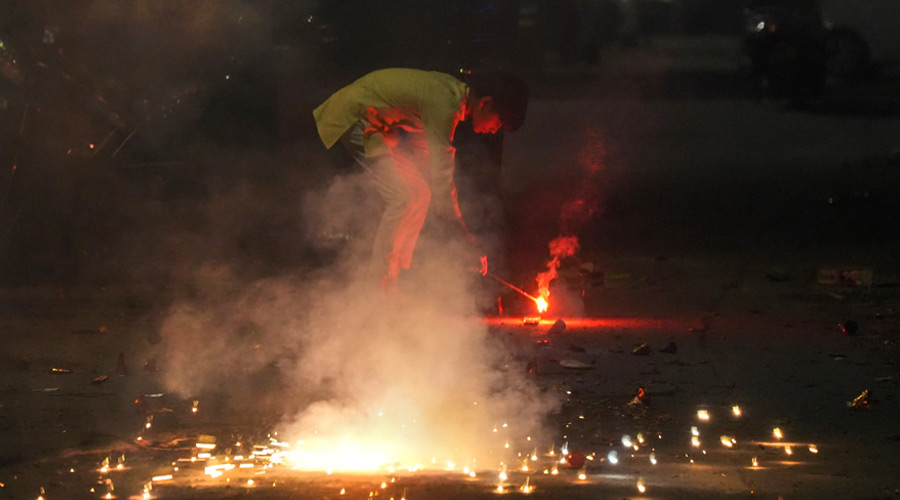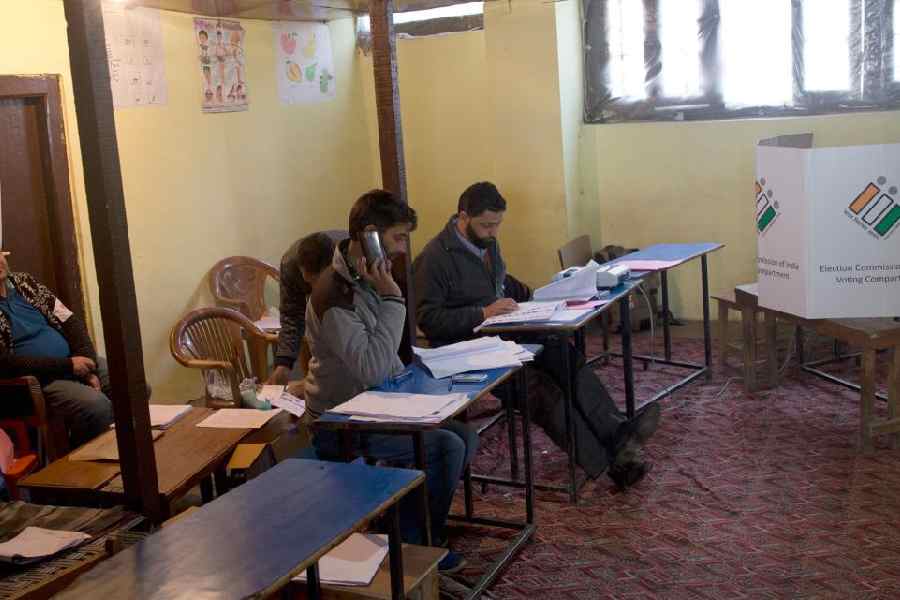Air pollution levels across Calcutta remained good' or satisfactory' for the second consecutive day after Diwali, a WBPCB official said.
At 11 am on Wednesday, the air quality index read 46 (termed as good) at Bidhannagar near here, 61 (satisfactory) at Fort William in central Calcutta, and 51 (satisfactory) in Rabindra Sarobar area in the southern part of the city, the West Bengal Pollution Control Board official said.
In the Rabindra Sarobar area, the AQI was 42 at 11 pm on Tuesday which was termed as good'.
It was 40 at Fort William and 41 at Bidhannagar around the same time, the official said.
The dip in air pollution for the two days was attributed to intermittent showers since Monday morning under the impact of cyclone 'Sitrang' as the light rain cleansed the air and prevented a section of revellers from bursting fireworks, he said.
On Wednesday morning as the rain effect dissipated totally, the air quality index rose a bit but did not reach alarming levels, he explained.
Efforts of the state pollution control board and increased monitoring by the city police also helped create awareness of the adverse impact of bursting crackers.
Despite the limited bursting of fireworks in 2020 due to Covid-19 restrictions, the air quality index was over 100 at several stations, while the AQI, on average, was 210 in 2019.
An AQI between 0 and 50 is considered 'good', while the 51-100 range is labelled as 'satisfactory', 101-200 as 'moderate', 201-300 as 'poor', 301-400 'very poor' and 401-500 'severe'.
"Several regulatory actions and the implementation of national clean air programmme have contributed to the dip in air pollution. This year, rain also helped," West Bengal Pollution Control Board Chairman Kalyan Rudra told PTI on Tuesday.
Environmentalist Somendra Mohan Ghosh said the polluted air was sanitized by gusty wind and frequent rain.











